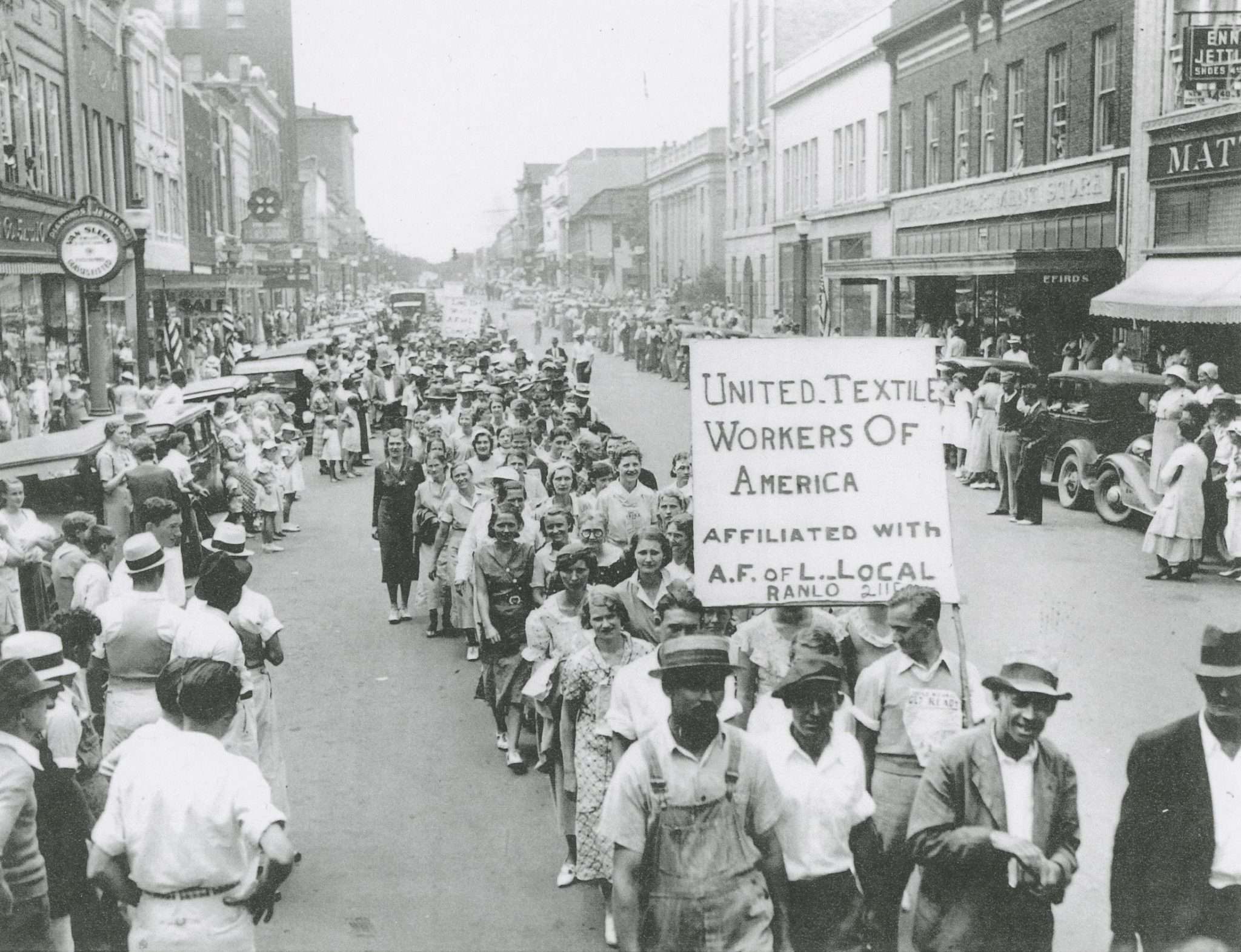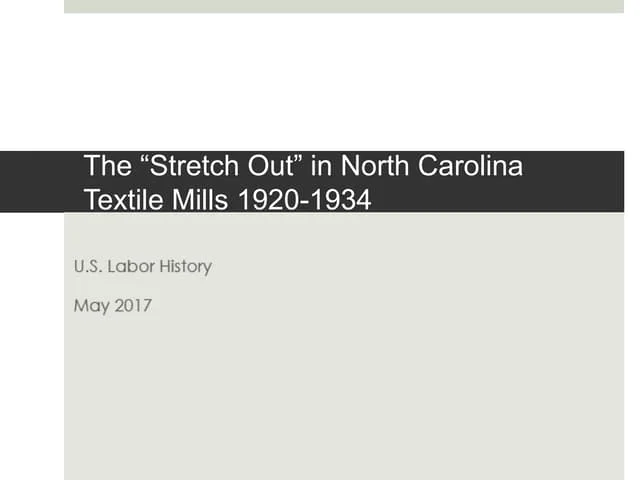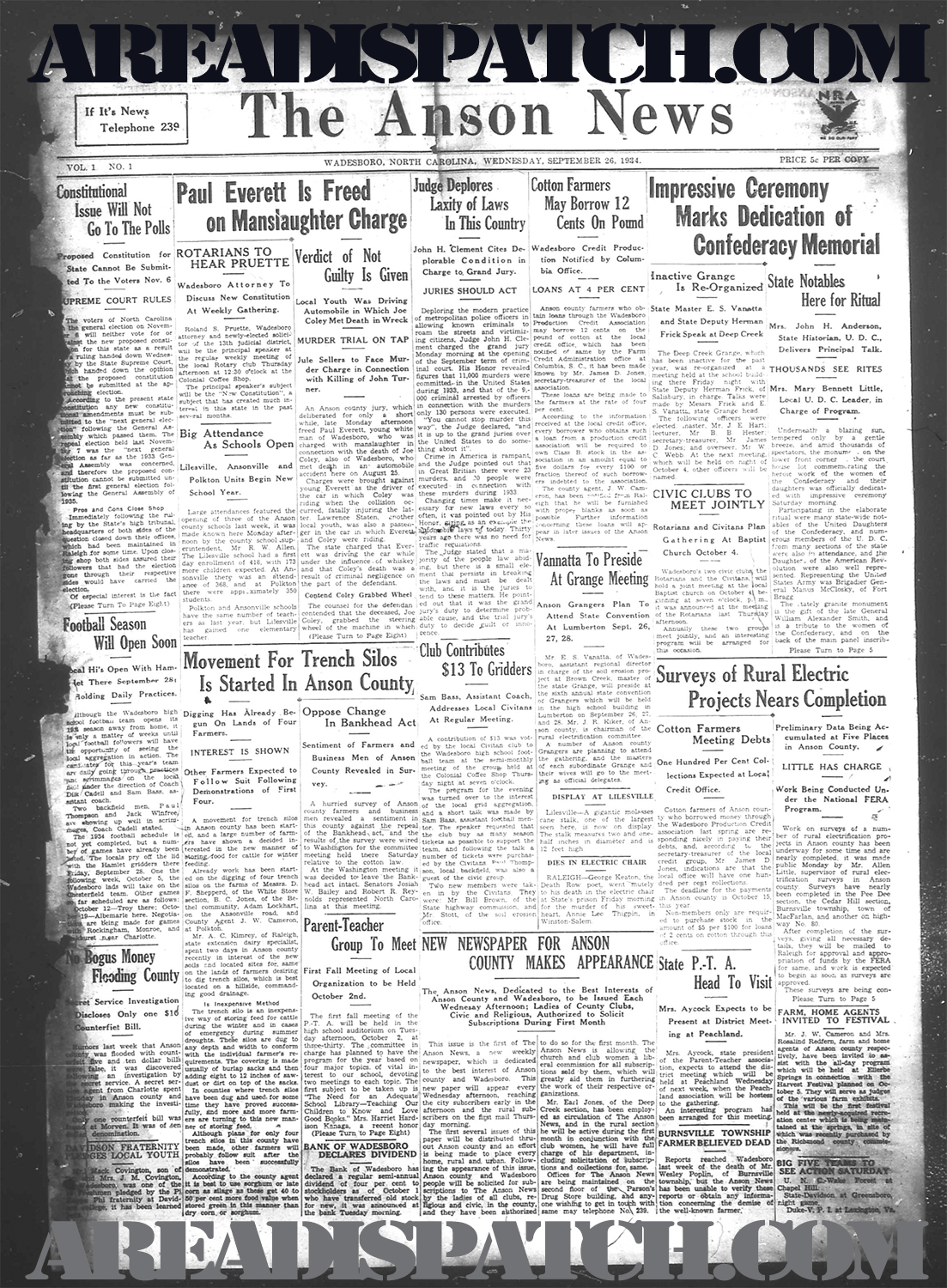
This paper is the one account
that written history
currently considers
the ‘creation story’ of the
monument on the courthouse lawn.
– CLICK HERE to see how
this account contradicted
by articles from when
Smith was alive.
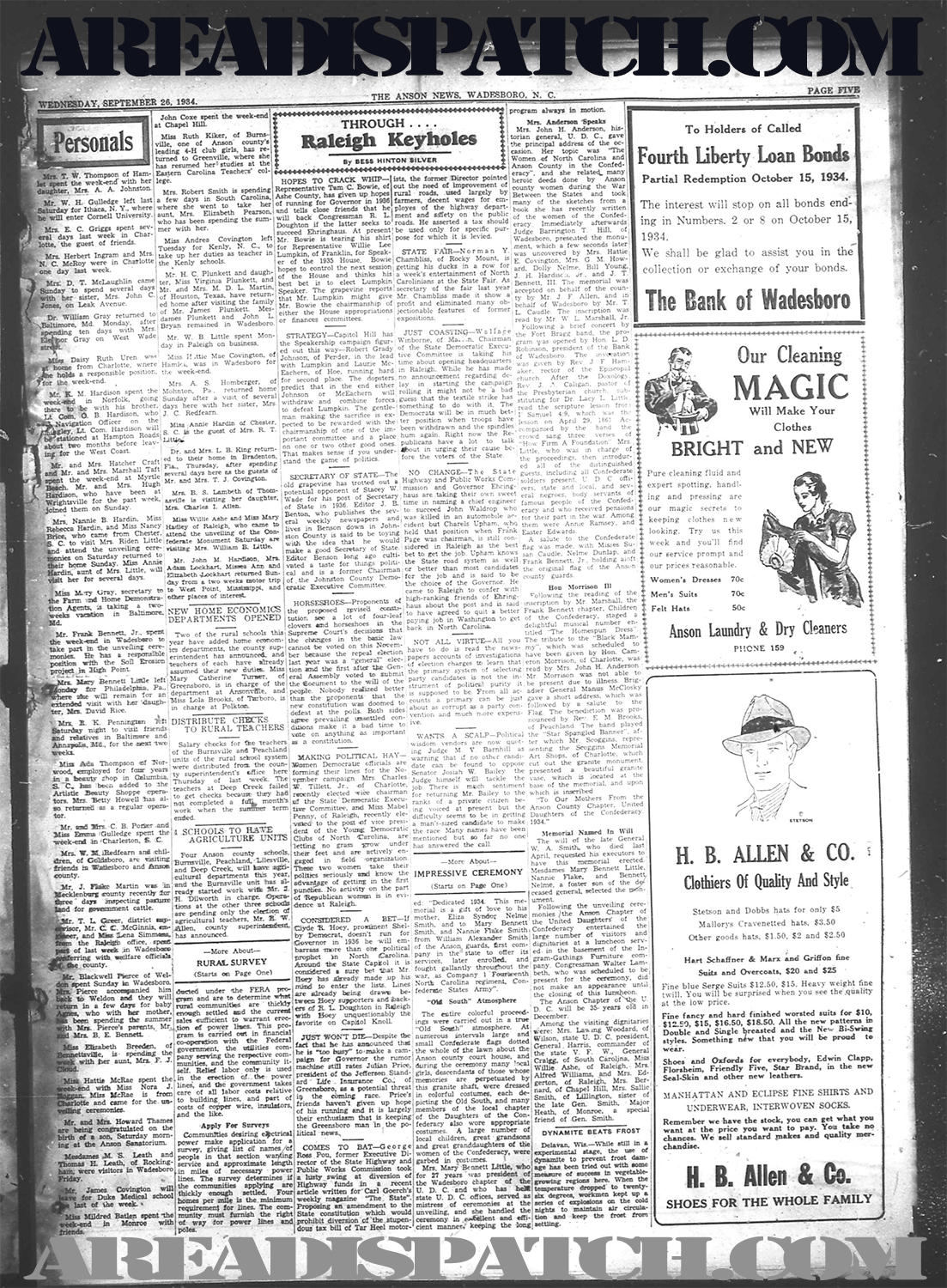
– “Madasmes Mary Bennett Little,
Nannie Flake, and Bennett (Dunlap) Nelme,
a foster son of the deceased general”
did not ‘select’ the
monument containing
all six tenets of the Lost Cause Myth.
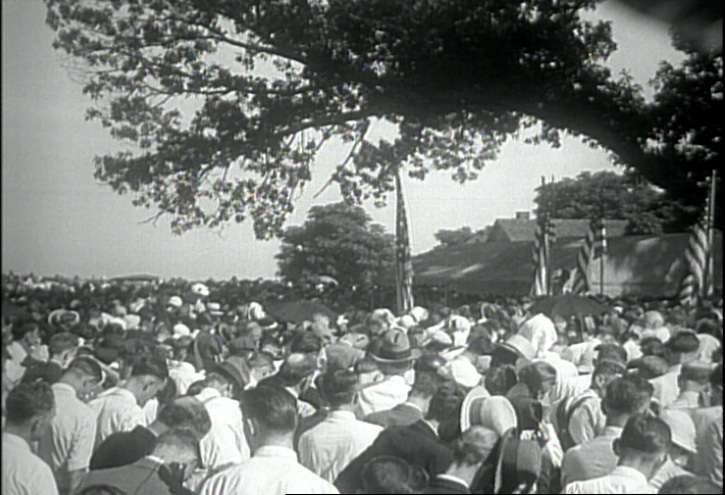
- The extravaganza depicted
in the article is over-the-top,
especially for a town that has been
right above or just below 50% black
since prior to the Civil War.
- “Thousands” watching the
ceremony is not realistic.
It will be debunked with
another article several years later.
- There wasn’t a Lost Cause Myth –
‘The Works’ package to choose from.
- Even the triptych layout is a
symbol of devotion,
especially in Christianity.
- This monument was meticulously designed
to be William Alexander
Smith’s grand masterpiece
to the Lost Cause Myth.
- There is no other monument
like it in the state,
probably the entire
United States of America.
- ‘Fidelis’ (Faithful) is oddly undirected
as the final word of the rear inscription.
- ‘Fidelis’ (Faithful) is oddly undirected
- There is no other monument
- This monument was meticulously designed
- Even the triptych layout is a
- There wasn’t a Lost Cause Myth –
- “Thousands” watching the
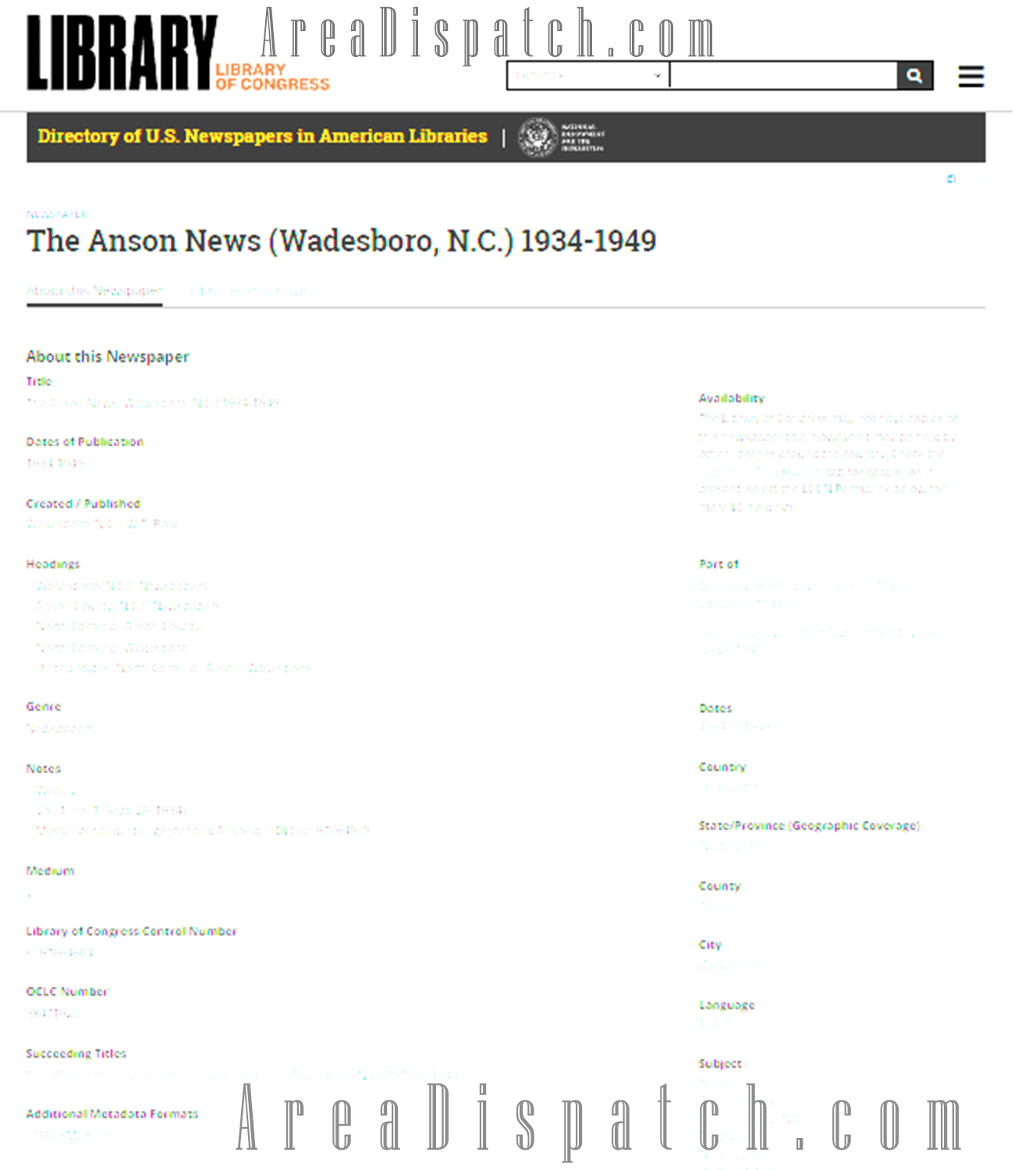
Walter Thomas Rose Jr. (1910 – 1967)
- Maintained dual residences in Coral Gables, FL and Hendersonville, NC
- Was a practicing attorney – attended UNC-Chapel Hill
and Penn State Law schools.
– Former law instructor.
– Developed the Blue Ridge Industrial Park in Arden NC.
- Died of an apparent heart attack in Hendersonville NC.
Buried in East View Cemetery at Wadesboro, NC.
- Son of Walter Thomas Rose & Rachel Horne Rose
– Only about 2.5 years are
included on the microfilm
at the UNC Wilson Library
of the 15 years
supposed to be included.
Of the ten papers listed
below as operational in Wadesboro, NC,
not one is The Anson News.

To see details on:
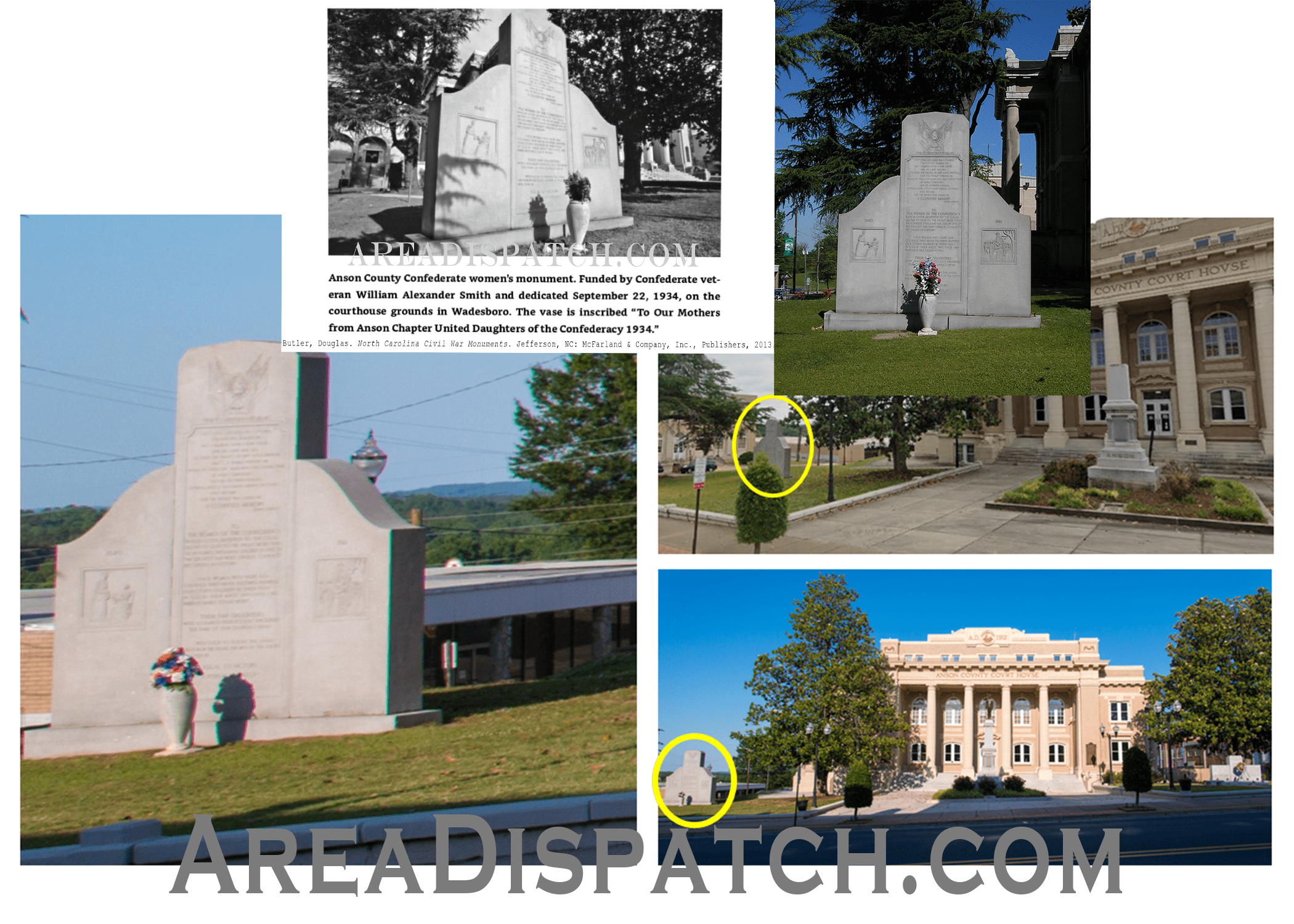

– It doesn’t make sense in the context of history.
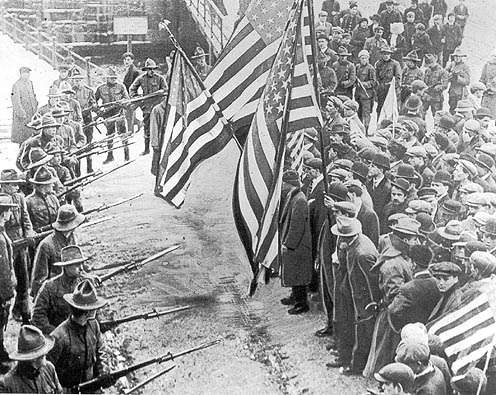
- The Great (textile) Strike of 1934
ended the day after the ceremony
was supposedly held. - The strike ended then
only because President Roosevelt
implored strikers to return to work. - The union leaders had also been
held in internment camps
to speed the strikers’ return to work. - The National Guard had been
mobilized fairly early on since
the strike first started in NC
on Labor Day (Sept. 3, 1934).
Just A Reminder:

3 historical untruths
that shaped the world‘
– Newspapers.com Does Not List ‘The Anson News’ As A Paper That Was Ever Operational In Wadesboro.
– The article below shows that Smith was alive when at least the monument was finished and unveiled for the public. It was apparently a widely discussed gift given during his lifetime.


